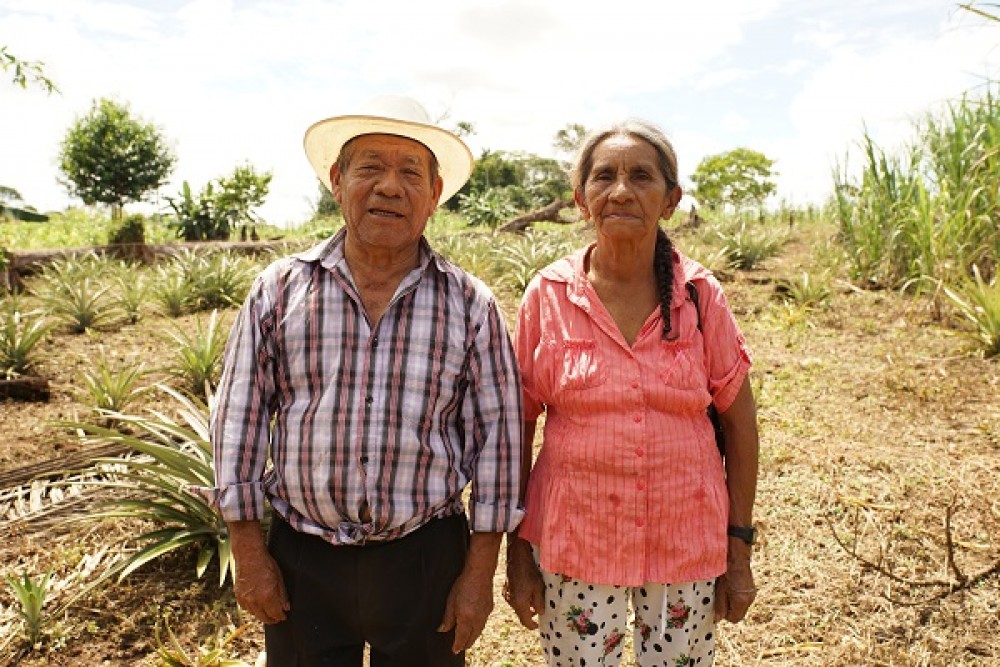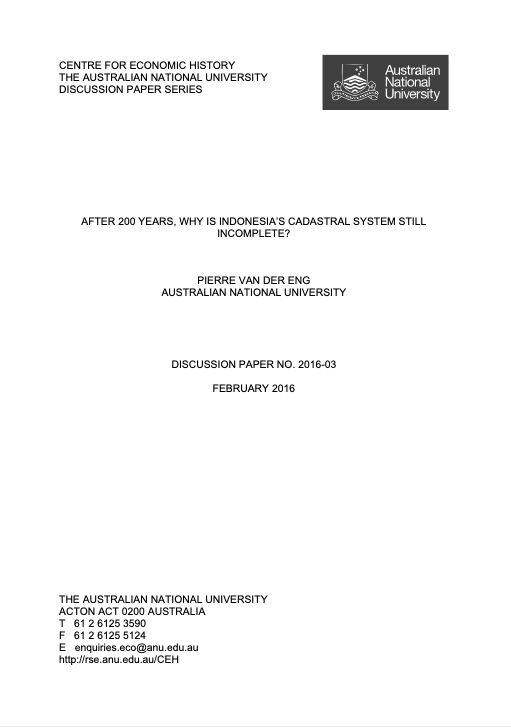Preliminary characterization of "Parda de Montaña" beef cattle farms in Aragón [Spain]
A survey that gathered information about farm structure, grazing system, feeding and reproductive management was conducted in 181 farms. Parda de Montaña is the main breed regarding cows (92.4%), heifers (95,3%) and calves (84,1%). Bulls belong to Parda de Montaña (65%) breed but also Limusine, Charolaise and Blonde d'Aquitaine. Farms had an average size of 53.6 cows. Feeding depends largely on grazing in different forage resources, from June to October in high mountain ranges, in spring and autumn in natural meadows and forage crops.





